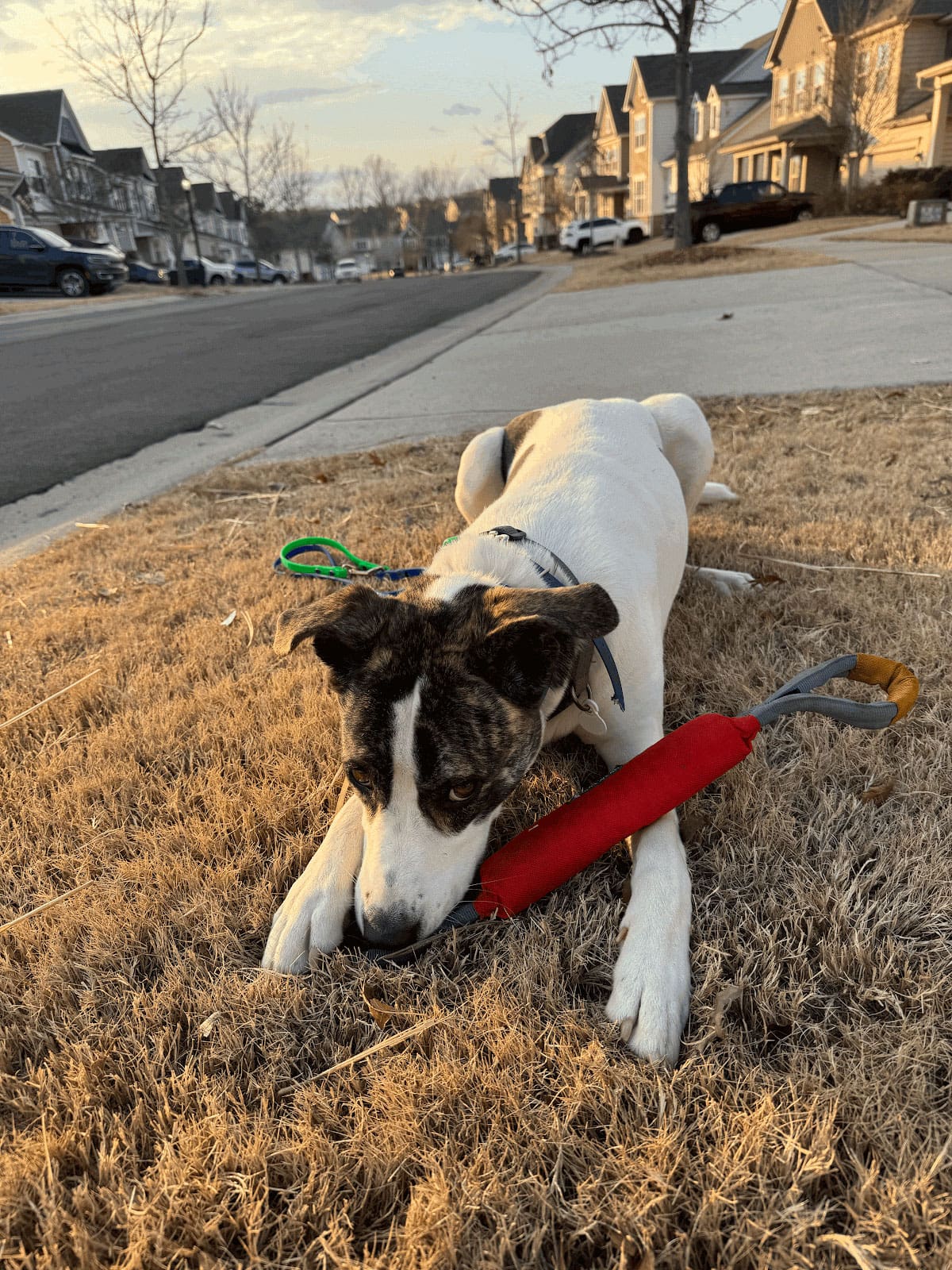Understanding Your Dog’s Body Language: What Their Behavior Really Means
- Turk Akbay
- April 28, 2025
- Blog
Dogs may not speak our language, but they communicate with us constantly—through their body language, facial expressions, and vocalizations. Learning to read your dog’s signals can strengthen your bond and help prevent misunderstandings. Let’s break down what your pup’s behavior really means.
1. Tail Wagging: More Than Just Happiness
Many people assume a wagging tail means a happy dog, but that’s not always the case.
- Loose, medium wag – Your dog is content and friendly.
- Fast, high wag – They’re excited or possibly overstimulated.
- Slow, stiff wag – This can signal caution or uncertainty.
- Low, tucked tail – A sign of fear or submission.
Pay attention to the speed and position of the tail to better understand what your dog is feeling.
2. Ears: Listening Beyond Sound
A dog’s ears can tell you a lot about their mood.
- Perked-up ears – Your dog is alert and focused.
- Relaxed ears – They feel calm and comfortable.
- Pinned-back ears – This can indicate fear, submission, or discomfort.
Different breeds have unique ear positions, so it’s important to learn what’s normal for your dog.
3. Eye Contact: A Window to Their Emotions
Dogs use their eyes to communicate, but the meaning depends on the situation.
- Soft eyes with slow blinks – This signals relaxation and trust.
- Wide, hard stare – Could indicate dominance or a challenge.
- Avoiding eye contact – Often a sign of submission, nervousness, or fear.
- Whale eye (showing the whites of their eyes) – A sign of stress or discomfort.
If your dog is giving side-eye or a hard stare, assess the environment to determine what might be causing distress.
4. Posture: Confidence vs. Discomfort
A dog’s stance can reveal whether they feel safe, threatened, or ready to play.
- Relaxed body – Indicates comfort and contentment.
- Stiff, tense stance – A warning sign of aggression, anxiety, or fear.
- Lowered body or crouching – This can mean submission or insecurity.
- Play bow (front legs down, butt up) – A clear invitation to play!
Reading posture along with other cues helps you understand your dog’s intentions.
5. Vocalizations: What Different Sounds Mean
Dogs express themselves with more than just barks.
- Short, high-pitched barks – Excitement or playfulness.
- Deep, prolonged barks – A warning or alert.
- Whining or whimpering – Can indicate anxiety, pain, or a request for attention.
- Growling – A sign of discomfort, but also a form of communication (not always aggression).
If your dog growls, don’t punish them—figure out what’s causing the reaction and address it appropriately.
6. Licking & Yawning: Signs of Stress or Affection?
Dogs lick and yawn for different reasons, depending on the context.
- Licking your face or hands – Affection and bonding.
- Licking lips (with no food present) – Can be a stress signal or sign of nervousness.
- Yawning – A sign of stress or an attempt to calm themselves down.
If you notice these behaviors in unfamiliar situations, your dog may be trying to self-soothe.
Final Thoughts: Read the Whole Picture
No single sign tells the whole story. The key to understanding your dog’s body language is observing multiple signals together. A wagging tail paired with pinned ears means something different than a wagging tail with relaxed ears.
By paying attention to your dog’s cues, you’ll strengthen your bond and create a deeper level of trust.
Opening Hours
M-Sa: 10am - 7pm
Address
1111 Central Ave., Charlotte, NC 28204
Phone
844 864 3647




